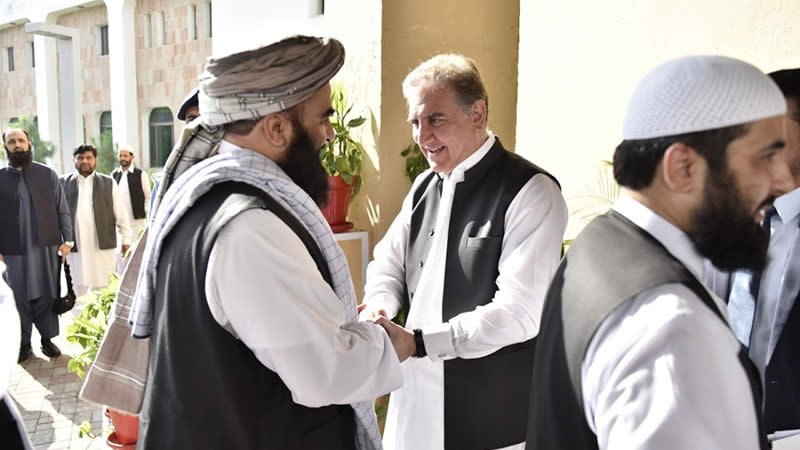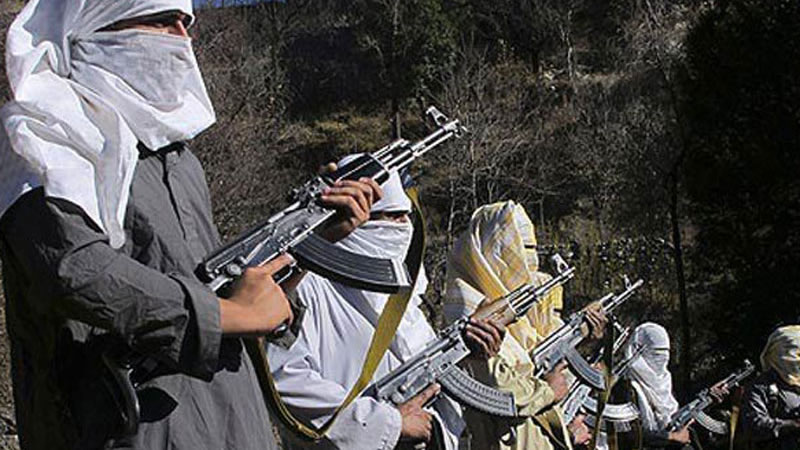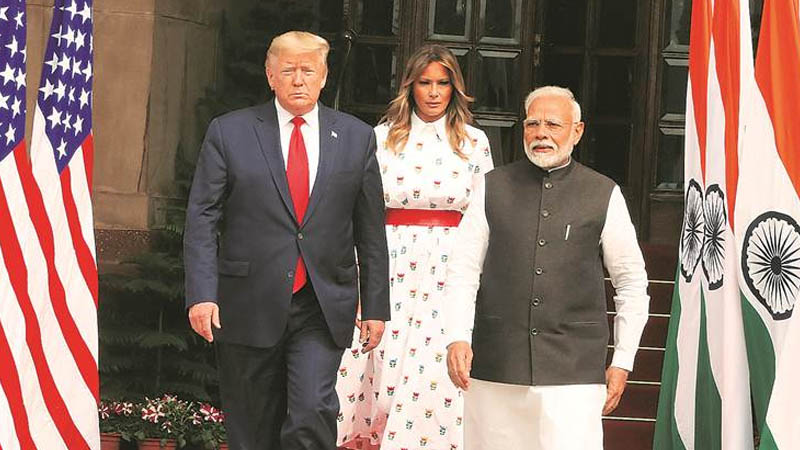
Under the auspices of Ministry of Petroleum and Natural Resources, Pakistan’s first gas sale and purchase agreement was signed between Sui Southern Gas Company (SSGC) and the joint venture partners of Kirthar Block – Pakistan Petroleum Limited (PPL) and Polish firm (PGNIG) – on last Tuesday.
This was made possible as government recognised that the market conditions have undergone a paradigm shift for natural gas and the pressure for domestically-produced natural gas has greatly intensified with power producers, urea fertiliser companies and industrial users clamouring to obtain higher allocation for their sectors.Realising this unprecedented rise in demand for domestically-produced gas, the petroleum ministry announced in 2011 a higher rate for tight gas as well as shale gas with plans to re-energise low BTU natural gas wells to domestically enhance availability of natural gas.
Tight gas is classified as unconventional natural gas which is difficult to access because of the nature of the rock and sand surrounding the deposit. It can, however, be produced through hydraulic fracturing and directional drilling that clearly necessitates an additional cost. Tight gas flow movement is 85 to 90 percent slower than normal equivalent quantity flow of natural gas. Therefore, the government offered to purchase tight gas at $6 to $6.50 per MMBTU compared to $3.50 per MMBTU for normal natural gas at the wellhead. This higher price incentivised E&P companies to deploy additional resources as the price hike had made tight gas economically viable to produce.
At the current gas consumption rate our known gas reserves can last for the next 18 years. The government is therefore trying to induce E&P companies to exploit shale gas and also attract investment to explore the offshore basin. As far as prospects of shale gas discovery are concerned, the government believes that pilot projects on shale gas will lead to formulation of shale gas policy in the near future. The government seems to have based its optimism on the fact that attractive fiscal packages offered by it will foster confidence in the energy sector, attracting substantial investment. At present, the gas supply-demand gap is 1,606 MMCFD.
This shortfall is expected to soar to 5,247 MMCFD by 2020-21. The country has a vast infrastructure comprising a transmission network of 11,045-km and a distribution network of 128,758-km for natural gas – connecting 307 cities, towns and 49,897 villages. As such, natural gas is a more sought-after commodity than any other energy fuel due to convenience of delivery. The government has plans to import natural gas from Iran, Turkmenistan and LNG from Qatar to cope with the increasing demand. The situation, therefore, underscores the need for creating the required infrastructure for massive imports. The government imposed a gas development infrastructure surcharge as due to persistent energy shortages economic growth rate has been lacklustre with concomitant issues of growing unemployment, soaring inflation and rising poverty. Public finances are under pressure while fiscal deficit is dangerously excessive.
Energy shortages are having a deleterious effect on the real economy or manufacturing largely due to the fact that management of energy issues is fragmented and needs to be submitted to the Economic Co-ordination Committee (ECC) of the Cabinet instead of being handled by a single Ministry of Energy. A case in point is grossly under-utilisation of Kandhkot field. Since April this year, this field is under-utilised by about 50 MMCFD per month because Gencos have been allocated gas from this field by the ECC. Gencos are unable to utilise this allocation fully because of their own technical problems.
The Ministry of Water and Power is not willing to give up the quota allocated by ECC, while urea fertiliser factories on the SNGPL system remain shut and the industrial belt in Punjab struggles to cope with energy shortages. Under-utilisation of a fertile gas field results in undue financial strain on the operator, who is forced to spread the fixed cost on lower output. This is indeed criminal. A single energy ministry would allow shifting of Gencos’ quota to other sectors which are starving for fuel instead of the issue being bogged down in the ECC amid agri industry-petroleum ministry bickering.
Energy pricing needs to be rationalised in order to curb excessive consumption and priority allocation needs to be provided for productive activities. Differential taxation of energy sources is advisable. Work on gas fields with significant potential mired in legal disputes needs to be resolved expeditiously. Presently, policy formulation is segregated into various ministries. And, the ECC has become an archaic transactional body. Pakistan needs to emulate the Far-Eastern countries where a Deputy Prime Minister for economy is responsible for policy formulation as well implementation and all economic ministries and ministers are answerable to the Deputy Prime Minister for the economy.
Using OGDC or PPL reserves or obtaining excessive dividends to address the circular debt issue needs to be stopped forthwith. These E&P companies need the financial resources to purchase more rigs, and deploy more seismic crews to raise the area under exploration from present level of 274,963 sq km as country’s geology supports significant hydrocarbon reserves that are yet to be explored. The total sedimentary area that still needs to be exploited is 827,268 sq km. This is only possible if contracting terms for E&P activities are backed by more incentives not only on paper but also in actual practice. The direct roles in the public sector enterprises need to be replaced with independent boards with clear and transparent mandates and targets.
If these PSEs do not improve they need to be privatised or else shut down. Finding more gas or importing it will take some time. In the meanwhile, we need to avoid exhausting our reserves at a faster pace than desirable. The key to this is to curb CNG usage in vehicles. Retail price of CNG needs to be above 65 percent of petrol’s. The ex-pump price, at this level demand will shift to petrol. The present CNG policy is a disaster; it will only add to energy woes. Last but not least. To strengthen country’s long-term energy security, hydrocarbon exploration is critical. The realisation of this objective will always require strong FDI inflows and vibrant local participation. Let’s accept this challenge with dogged persistence and dour determination. Let’s try to see a bigger picture. – Brecorder












